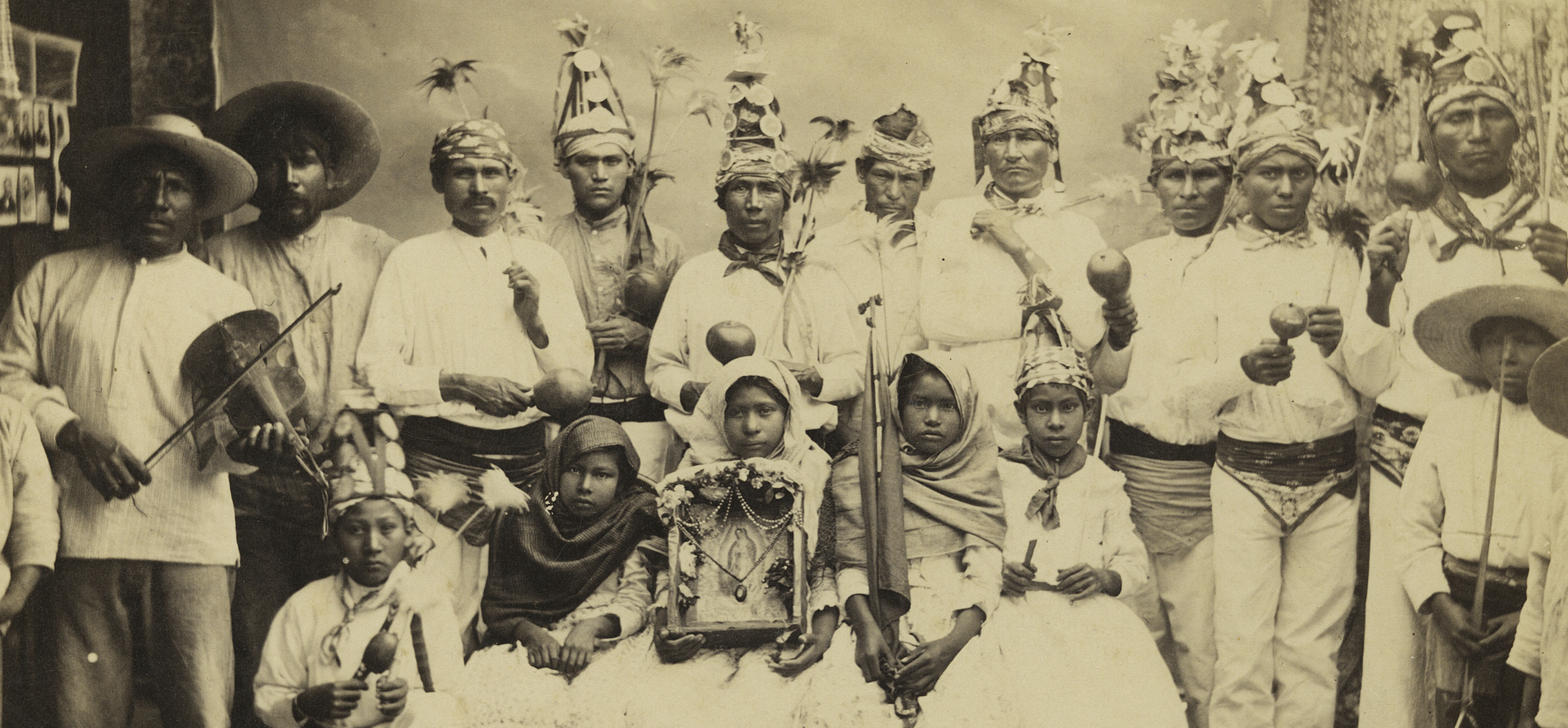Pal Rosti Barkoczi (also known as Paul de Rosti) was a pioneer of photography in Cuba, Venezuela and Mexico.

View of Mexico City from the Cathedral, 1857-1858
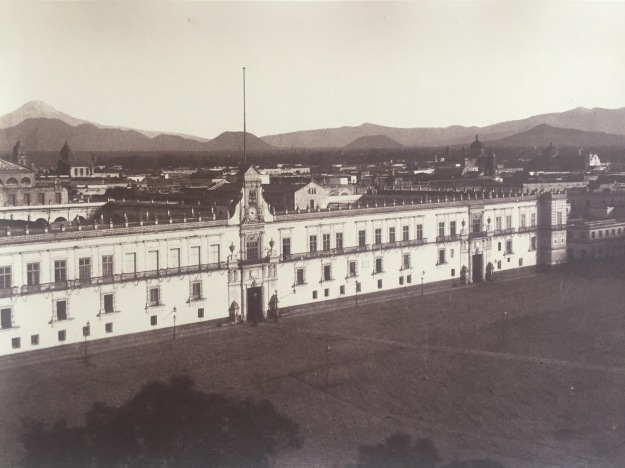
View of Mexico City from the Cathedral, 1857-1858
He was born in Budapest, Hungary, in 1830. Rosti studied at the university of Munich School of Science for four years then geography and ethnography in Budapest in 1853. In 1854 and 1855, Rosti is probably in Paris, learning photography. Although he doesn’t appear in the extensive list of Gustave Le Gray students, he certainly learnt his waxed paper negative process. On August 4th 1856 he embarks from le Havre to New York, and travels in the United States as far as Wisconsin. In January 1857 he arrives in Cuba. From there he sailed to Venezuela, travelled South to the Orinoco river, then sailed back to the West Indies, on his way to Veracruz, where he landed on July 28th 1857.
Pal Rosti arrives in Mexico almost four months before Désiré Charnay (who lands in Veracruz in late November). Rosti’s views of the Ciudad de Mexico are therefore the earliest views paper photographs of the city. But it is almost certain that Rosti and Charnay met in Mexico City (more on than in our next post…).
Pal Rosti makes at least 32 negatives during his eight months in Mexico – all of them in Mexico City and between Mexico City and Veracruz.

Salto de Agua, Mexico City, 1857-1858
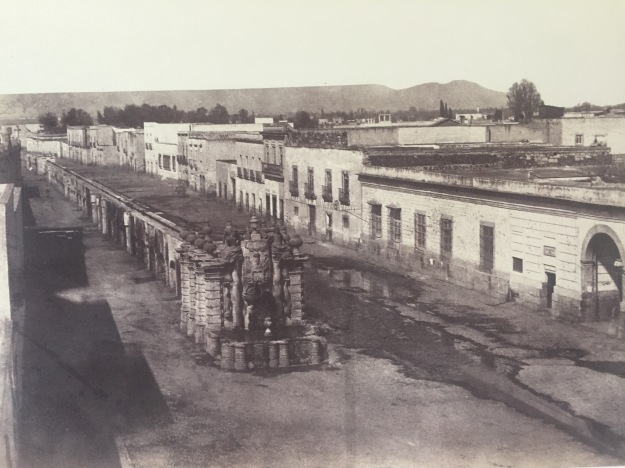
The Salto de Agua and the Belen aqueduct, Mexico City, 1857-1858
Rosti departs Veracruz on April 7t 1858 and lands on 8 August 1858 in Southampton. From there, it is very likely that he travels to Paris, then Hungary thru Berlin. On November 1st 1858, Rosti visits Alexander Von Humboldt, the inspiration for his travel, in his house in Berlin and offers him an album of forty seven photographic views (the copy presently at the Ludwig Museum in Cologne). At the beginning of 1859, he exhibits his photographic views of Cuba, Venezuela and Mexico at the National Casino in Budapest.
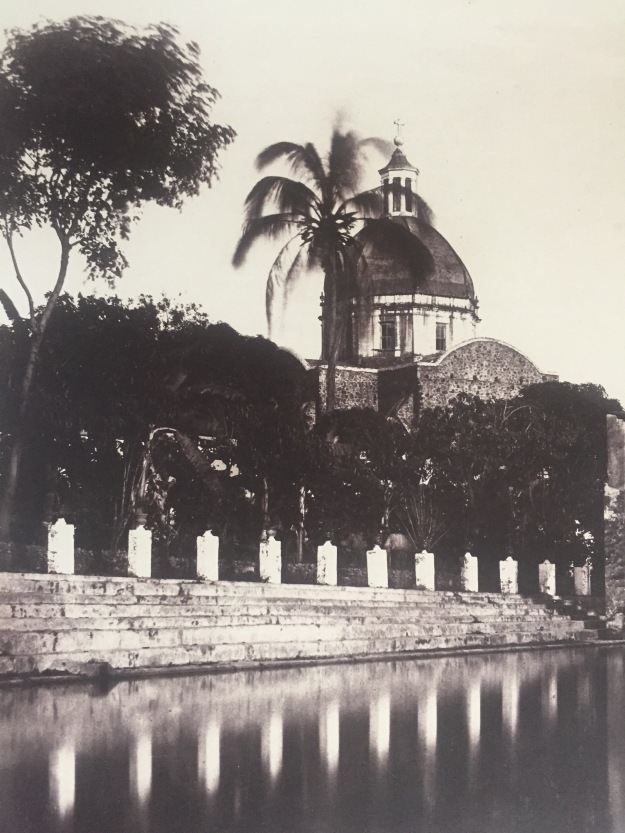
The Borda gardens, Cuernavaca, 1857-1858
The bindings of all four existing album bear the mark of Despierres from Paris. We therefore know that all prints were made between his arrival in Southampton and his arrival in Berlin. It is more than likely that the prints were also made in Paris – the Le Gray atelier a prime suspect for such a wonderful job. We also know that Rosti had less than three months, between his arrival in England and his meeting with Humboldt, to have the photographs printed and the album bound – including travel time from Southampton to Berlin via Paris. That might explain why so few copies of the album are known.

La Santissima, Mexico City, 1857-1858
Four albums are known, three of which are located in Hungary and one in Germany. The contents of the three albums located in Hungary are not identical. The copy in the National Széchenyi Library which was originally given to the Hungarian National Museum contains 45 prints, the album in the Museum of Photography contains 47 prints, the album of the Loránd Eötvös Geophysical Institute contains 40 prints. The album in Cologne contained 47 prints (with 5 missing today).
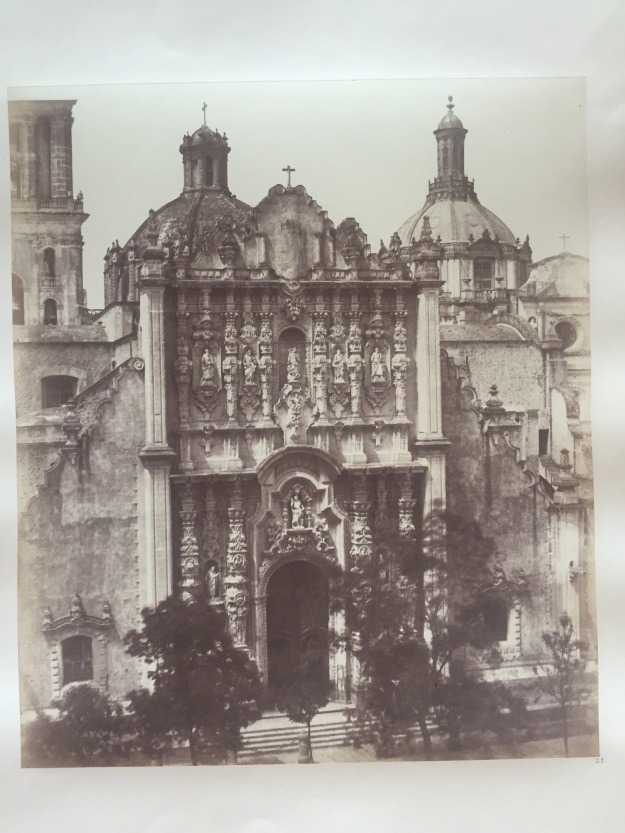
Door of the Sagrario, Mexico City, 1857-1858
In the two 47 prints albums, four pictures show parts of Havana, 11 photograph landscapes and buildings in Venezuela, and the remaining 32 from Mexico.

San Antonio waterfall, near Cuernavaca, 1857-1858

El Choro de Regla, 1857-1858
I am very grateful to the Ludwig Museum in Cologne for letting me have a long look at this stunning album.

Tlamanalco, ruins of the colonial church, 1857-1858

The French legation, Mexico City, 1857-1858
YOU CAN ALSO FOLLOW US ON INSTAGRAM : GREGORYLEROYPHOTO
